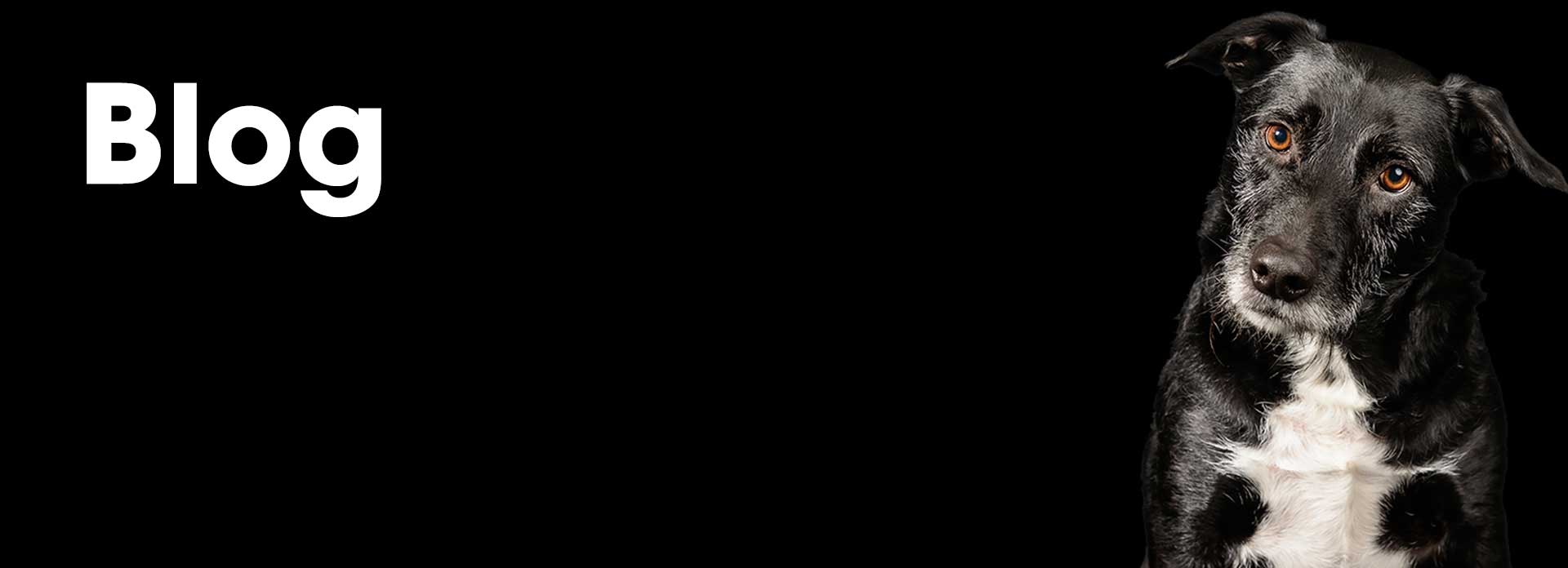You’ve fallen in love with a set of whiskers and eyes that are staring straight into your very soul. You are all ready to take the plunge into adoption and then you see the note that this sweet feline has FLUTD. What is that and should you reevaluate love at first sight?
Feline Lower Urinary Tract Disease (FLUTD) is a name used to cover several different urinary tract conditions that affect the bladder and urethra and can cause pain and difficulty in urinating. In extreme cases, a cat’s urethra can become obstructed or blocked, preventing them from emptying their bladder and even leading to death. Because of this, you should never ignore symptoms but instead seek medical attention if you notice them in your pet. And regardless of the specific condition or cause, the symptoms are the same as several others, which can make it one of the more frustrating issues to diagnose.
While FLUTD tends to be a lifelong condition, the good news is that the majority of cases of FLUTD in cats or kittens can be successfully managed through diet, medication, and environmental changes. With proper treatment, a cat can go years between flare-ups or cease to exhibit symptoms at all.
Signs of FLUTD include:
- Straining to urinate
- Frequent attempts to urinate
- Crying while urinating
- Excessive licking of the genital area
- Blood in urine
- Irritability and restlessness
- Hard or distended abdomen
- Urinating outside the litter box
FLUTD can occur at any age but more typically is seen in older, overweight cats that get little exercise and exclusively eat a diet of dry food. Diabetes and kidney disease can also contribute to FLUTD, so they should be ruled out as the primary underlying cause.
Potential causes and treatments of FLUTD include:
- Idiopathic cystitis: the most common cause of FLUTD in younger cats, this term means that the cause cannot be determined even with extensive testing. Idiopathic cystitis often resolves within a few weeks, so treatment focuses on medication to reduce inflammation and pain as well as preventative actions to decrease the likelihood of recurrence.
- Urinary tract infections: UTIs are caused by bacteria and most commonly occur in female and older cats. Treatment typically includes antibiotics.
- Bladder stones: these may result from a combination of diet and genetics and represent 10-20% of cases of FLUTD. Treatment can include cystotomy (surgery to remove the stones), expelling stones utilizing a catheter, and a specialized diet.
- Urethral blockage: male cats may be more at risk of developing urethral blockage due to having more narrow urethras than females. Treatment can include flushing the blockage via catheterization as well as surgery to remove the blockages.
- Neoplasia: abnormal growth of cells, or tumors, both benign and cancerous, is a rare cause of FLUTD, representing 1-5% of cases. Treatment can include surgical removal of tumors, medication, and chemotherapy.
- Stress: cats and kittens like routine. It is thought that changes in their environment (being in a shelter or a new home, changes to the number of animals in the household, etc.) or disruption to their daily routine (changes to their feeding schedule, food, etc.) can contribute to FLUTD. In this case, treatment includes decreasing stress by maintaining a consistent daily routine and creating a calm, safe environment.
Depending on the underlying cause of FLUTD, the symptoms may never or only occasionally reoccur. To help prevent FLUTD in a healthy cat or reduce the chances of recurrence, there are several actions you can take at home. These include:
- Providing clean, fresh water at all times. Use specially designed running water fountains to encourage increased water consumption.
- Feeding small meals on a frequent and regular basis.
- Consulting your vet about the best diet for your cat, especially if they have had FLUTD before. While commercially available cat food may be appropriate, some cats will do best with prescription diets that increase acidity of urine.
- Providing an appropriate number of litter boxes (one more than the number of cats in the household) with the type of litter your cat prefers. These should be kept in quiet and easily accessible locations, and it is also critical to keep them clean, with the litter changed weekly.
- Minimizing major changes in the daily routines of your cats and reducing stress-inducing events.
- Maintaining regular vet visits with annual checkups to catch health issues before they become big issues.
